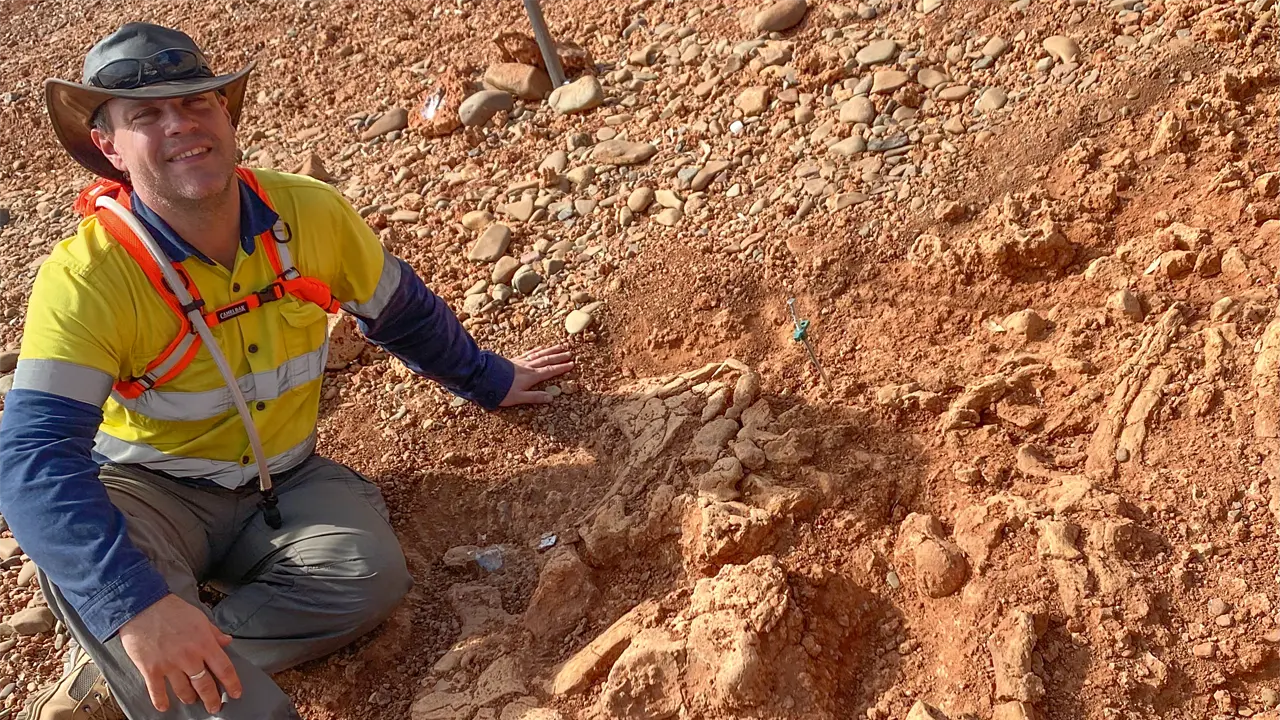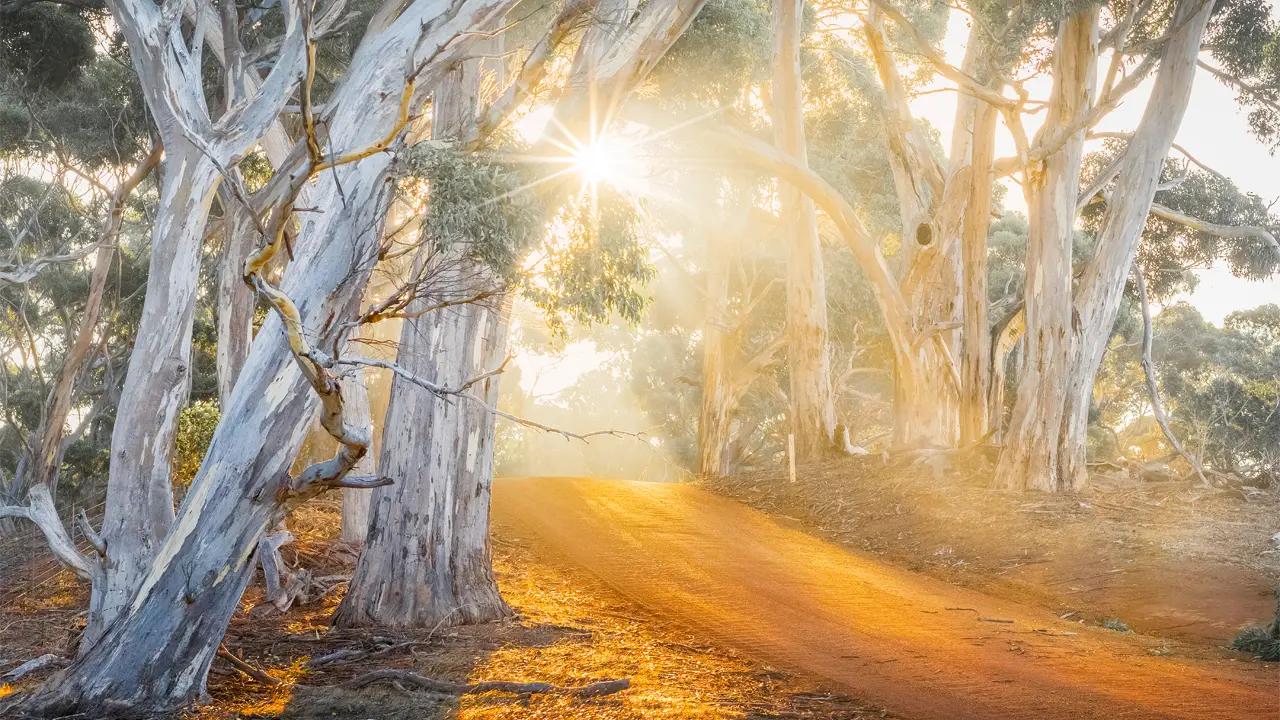Dutch-born Tasmanian artist Pieter Zaadstra has been painting Kelpies for 40 years.
By Andrew Bain
The banks of Tasmania's Tamar River are a world apart from station life. Grape vines stripe the hills, sea-eagles cruise the sky, and pademelons bounce across the lawns outside Pieter Zaadstra’s Gravelly Beach art studio. Inside the studio, however, it’s working Kelpies that take centrestage.
“I can’t go around saying I’m a farmer, and I can’t go around saying I’m a Kelpie trainer, but these dogs have been huge in my life,” Pieter says. “There’s an aura around them, and I try to paint that. There’s an individual personality to every one of them: a vibration, a nervous energy. It’s freaky.”
The Dutch-born painter first sketched a Kelpie – the family pet – almost 40 years ago, but it was in the late 1980s that they bounded in to take over his artistic life. For 18 months Pieter travelled between farms in South Australia and Victoria’s Western District studying Kelpies at work, seeing a natural artistry in their enthusiasm, obedience and fearlessness.
Living from the back of a ute, often sleeping beside the road or in shearing sheds, he sketched and painted dogs, creating artwork for the 1991 book,Our Australian Kelpie. “We could have done a book that was twice, three times the size, with the material we had,” he says.
More than two decades on, Pieter has returned to the theme with the release of a new book, Australian Kelpie Art. Launched at the Australian Working Dog Muster at Casterton, Vic, the book boils down 30 years of his Kelpie art, ranging from charcoal and graphite sketches to moody oil paintings of dogs mustering across vast station landscapes.
“It’s not that different than painting people, it’s portraiture,” Pieter says inside his studio, his hand tracing lines across a charcoal sketch of a Kelpie, its eyes and ears locked in focus.“Often people over-paint a dog, they try to put too much in. Obviously the eye of the dog is important but the prick-ear is also important. It’s a personality game, it’s about trying to capture that. When you can see the animal’s personality in your mind, then it’s easy to draw.”
This story excerpt is from Issue #86
Outback Magazine: Dec/Jan 2013










